The ‘Large Frogmouth’ is actually a species of bird that comes from the family of Podargidae. It can be widely found specifically in Brunei, Indonesia, Malaysia, and also Thailand. Their ecosystem is usually in subtropical or tropical moist lowland forests. Nowadays, logging of its habitat poses a risk to its own survival, and the International Union for Conservation of Nature has listed this particular species as being ‘near-threatened’.
It is considerably larger than other members of its genus and grows to a length of about 42 cm. The sexes are similar and the coloring is rather variable, the upper parts being mainly chestnut and blackish-brown, barred and spotted with white and buff. The underparts are dull brown or pale rufous, the belly being paler than the breast. The beak is horn-colored with a darker tip, the gape being yellow, the irises are some shade of light or dark brown, and the legs are a dull yellow.
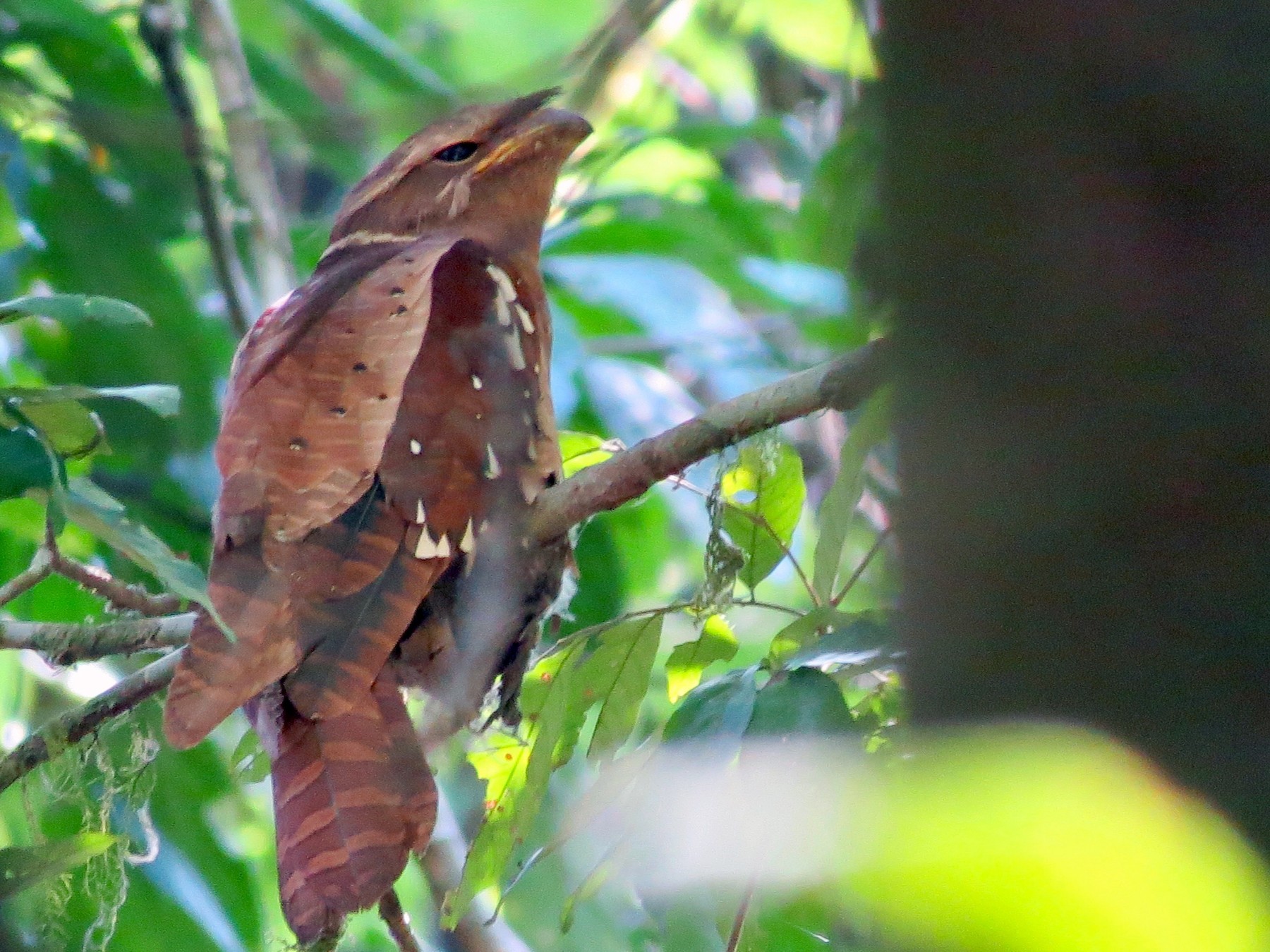
The behavior of this bird is not well known. It hunts by night, on the ground and in the canopy, feeding on insects such as grasshoppers and cicadas. It roosts by day, perching on a branch or hidden in a hole, singly or possibly in pairs. On one occasion an individual was mobbed by a greater racket-tailed drongo until it flew off into dense cover. Sings, mainly by night, from a perch in a tree, its voice being variously described as a repeated ‘deep hollow-sounding tremolo’ or as a ‘series of four to eight loud, liquid trills’.
The ‘Large Frogmouth’ usually lays a single egg on a pad of down covered with lichens and also spiderwebs. The nest is firmly attached to a slender branch of a shrub or small tree. It consists of a circular cushion down on which the single egg is balanced. The egg would fall off were it not for the incubating parent bird which crouches lengthwise along the branch rather than across it.
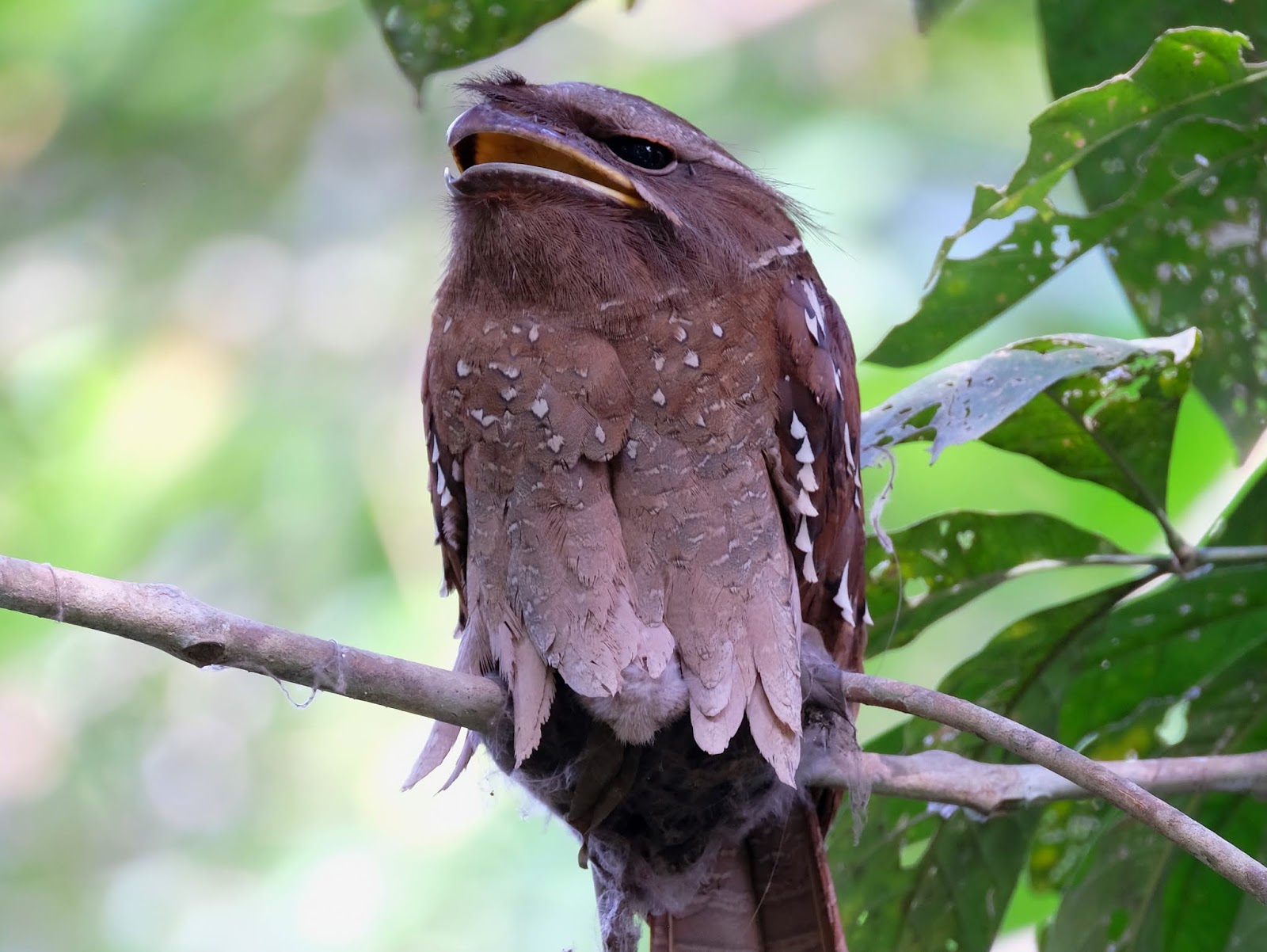
Sources: eBird

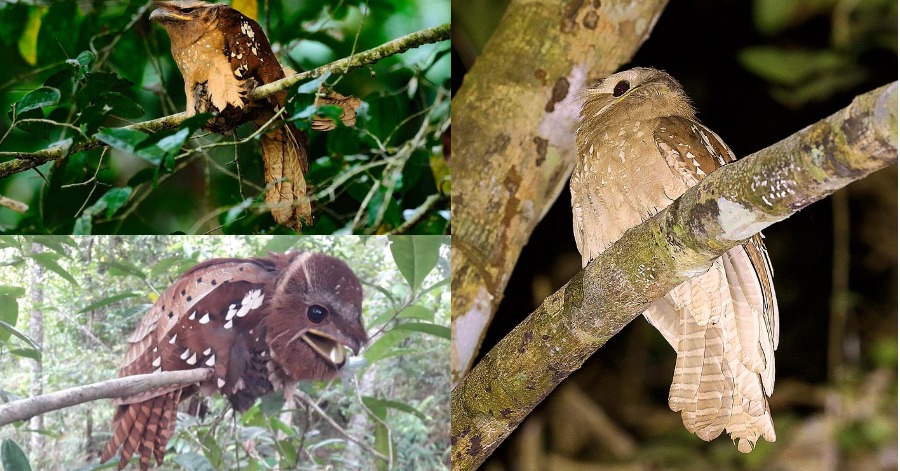


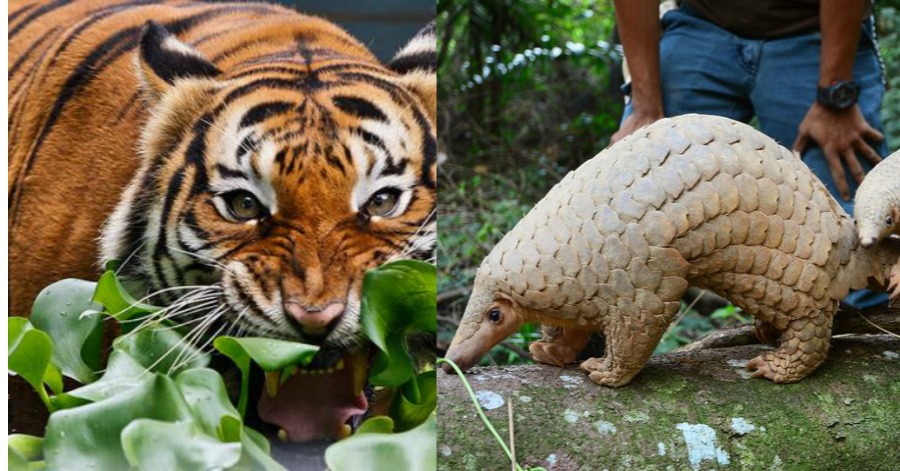

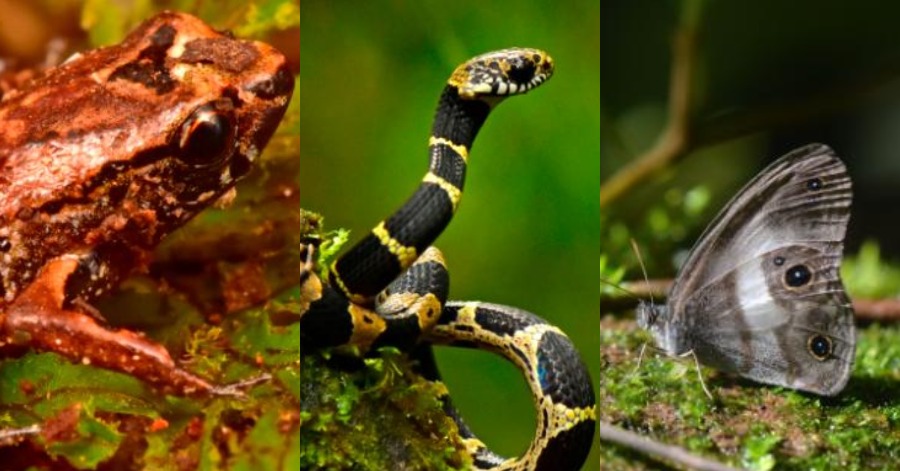

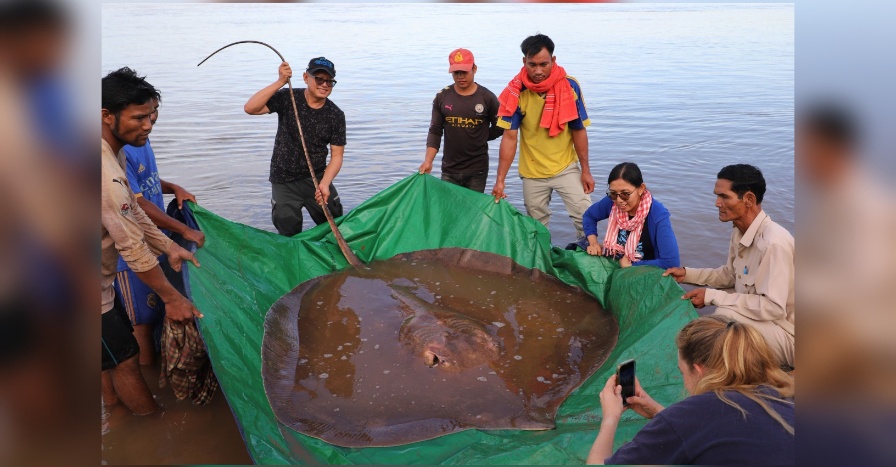
Leave a Comment